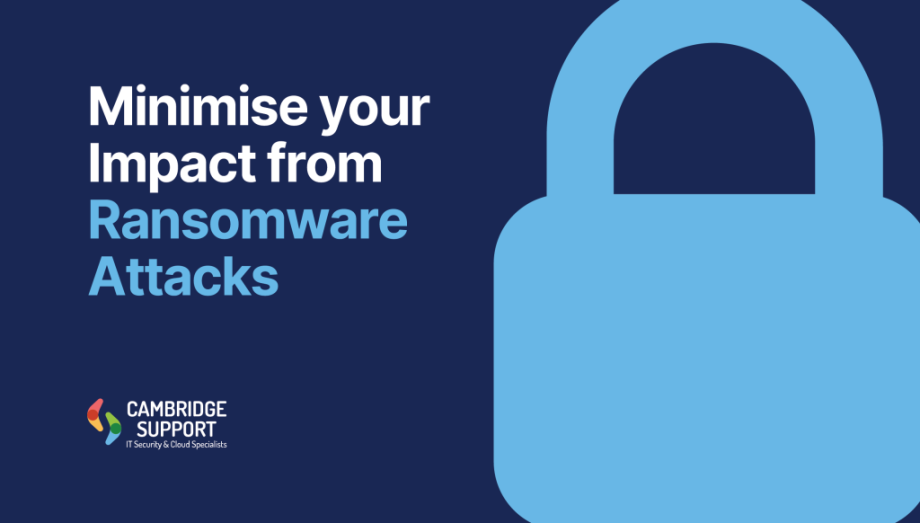Ransomware has been making headlines as a formidable threat to companies due to their ability to cripple business IT systems. Ransomware, a type of malware, encrypts files and systems, holding them hostage until a ransom is paid. By understanding ransomware attack methods and taking preventative steps, you can minimise the impact on your operations. This article covers what you need to know and how to limit disruptions.
What is Ransomware?
Ransomware is a form of malicious software, often delivered via phishing emails, infected websites, or vulnerability exploits. Once inside a system, ransomware attacks spread rapidly to encrypt files at the system level or on shared drives accessible over the network. Encryption essentially locks companies out, halting access or the ability to interact with files until the encryption key is retrieved.
Malicious actors often demand a ransom payment in exchange for a decryption key. If companies refuse or fail to pay, the data will forever remain encrypted. Attackers typically demand untraceable forms of electronic payments like Bitcoin. The price of a ransom varies and it can range from several hundreds to millions of pounds. Many companies end up paying which further fuels more attacks. We would recommend a security audit for any business, to identify any vulnerabilities.
The Most Common Ransomware Attacks
Cyber criminals use various techniques to infect systems with ransomware. The most frequent methods are stated below:
Phishing Emails
Phishing involves sending fake emails posing as trusted sources to fool users into opening attachments or clicking links loaded with malware. Ransomware attacks exploit trust to infect systems once activated. Email security solutions filtering untrusted emails can offer protection from this. Our blog Protect Your Company with Phishing Simulations will help in this matter.
Compromised Websites
Websites compromised to trigger drive-by downloads are a common contamination method. Just visiting the site might expose systems to ransomware exploits. Implementing DNS-based security products such as Cisco Umbrella or implementing firewall-based web filtering in on-premises environments will help to protect against compromised websites.
Vulnerability Exploitation
Unpatched software flaws are like open doors allowing people remote access to your systems. Ensuring regular patching thus closes those open doors and better protects your business.
Partner Networks
By hacking partner systems that are linked to a company’s network, attackers breach trusted pathways to spread ransomware across associated systems and servers using access rights. Vetting partners’ security postures will help protect your interconnected networks.
Best Practices for Prevention Against Ransomware Attacks
While ransomware creators devise new techniques constantly, following cyber security best practices can minimise vulnerabilities that they target for exploitation. These would include the following:
- Keep operating systems, software and firewalls updated.
- Protect your endpoints and servers with and EDR solution such as SentinelOne.
- Train employees to identify phishing emails.
- Backup critical data regularly and keep offline.
- Control access rights and permissions.
- Monitor networks for irregularities.
- Patch known system vulnerabilities rapidly.
- Review partner network security standards.
By taking a proactive stance and preparing contingency plans to enable rapid response, disruptions and losses incurred by ransomware incidents can be mitigated significantly.
Conclusion
Ransomware attacks are a definite cyber threat all businesses face. However, raising awareness among staff, implementing cyber best practices, ensuring robust backups, and planning incident response workflows arms you with layered defenses to reduce disturbances. Strengthening business resilience makes surviving ransomware attacks achievable. For more information, please do not hesitate to contact us and our experts will gladly help any questions you have.



